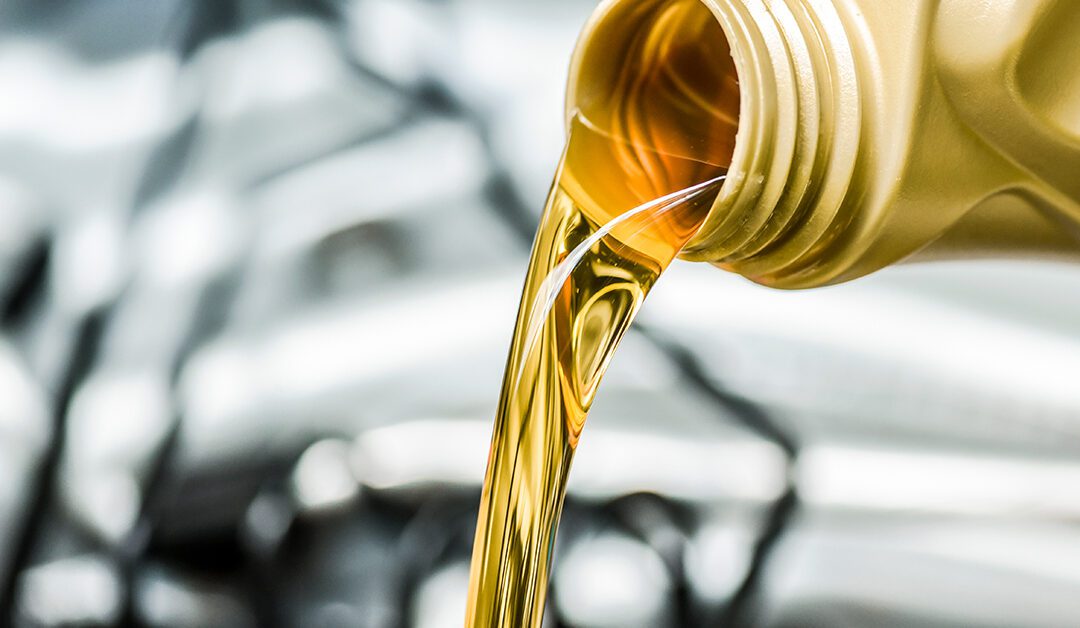What is mineral oil?
Mineral oil is obtained from the distillation of crude petroleum oil, which is a transparent, odorless, oily liquid at room temperature. It has a mixture of higher alkanes with a saturated and aromatic hydrocarbon carbon number that varies from C15 to C50. Mineral oil is composed of two classes of hydrocarbons: saturated hydrocarbons (MOSH) and aromatic hydrocarbons (MOAH). MOSH is refer to the liner and branched chain alkanes (paraffin) and largely alkylated cycloalkanes (naphthenes) while MOAH is mono and Polyaromatic hydrocarbons. Mineral oil is also known as liquid paraffin, paraffinum liquidum, white oil, and liquid petroleum.
How are mineral oils extracted?
Mineral oil extracts through vacuum-mediated fractional distillation with a boiling point (at atmospheric pressure) of 300–600 °C, followed by the process of refinery through solvent extraction, hydro treatment, and de-waxing. These refinery streams are called base oils or lubricant base oils, which are finally subjected to purification, blended, and made into completed products as mineral oil. This is the basic procedure to obtain mineral oil, and manufacturers bring it to market under their brand name with the value-added characteristics of mineral oils.
What is the application of mineral oil?
Mineral oils have multiple applications in the manufacturing of mechanical, electrical, industrial, and food equipment. Mineral oil is used in constipation treatment due to its ability to retain water in faeces and promote bowel movement into the rectum. Mineral oils are used in various body lotions for dry skin, and they have been used in personal lubricants, and cell cultures and added as an adjuvant stimulator in livestock vaccines and cosmetics. Mineral oils used as lubricants and conditioners for jute fibres are called “jute batching.” It has a good thermal agent and a good pouring point, making it suitable for use in electric devices such as transformer oil and other electrical parts. Mineral oils are also found to be used in foodstuffs as glossy effects, sealing agents, preservatives, and anti-foaming agents, but it is under regulatory concern to monitor the level of use in foods and packaging.
Why mineral oil is a major concern to regulatory bodies
Since mineral oils are a mixture of a complex and diversified compound of saturated and aromatic hydrocarbons known as mineral oil aromatic hydrocarbons (MOAH) and mineral oil saturated hydrocarbons (MOSH), Mineral oil aromatic hydrocarbons (MOAH) fall under the category of poly aromatic hydrocarbon (PAH) while PAH is well established as a cancer-causing agent. The main concern is that MOAH may contain 3- to 7-ring polycyclic aromatic compounds (3- to 7-PAC), which are signal molecules for the genotoxic and carcinogenic, and that excessive exposure may cause other serious health problems. That is why various regulatory bodies are strictly monitoring the mineral oil intervention in the food-allied industries, cosmetic industries, and drug industries. The food and its product might be contaminated with mineral oil through diverse sources like atmospheric exposure of raw materials, pesticides, hydraulics, lubricants, or packaging materials. The European Union confined the regulation for the use of mineral oils and waxes as food additives in consumer products to Annex II of Regulation (EC) No 1333/2008.
How to detect mineral oils in food and agriculture products
The detection of mineral oils can be resolved by GC-MS, GC-FID, and the European Food Safety Authority (EFSA) encourages integrated LC-GC-FID analysis for mineral oils. Several mineral oil determination methods have been used as per test commodity, including IS 3025, FSSAI’s Holde’s test, the TLC/HPTLC test, and international methods such as AOAC 945.102 Oil Mineral in Fat (PH) and the IP 346 method, which gravimetrically estimated the residue in a dimethyl sulfoxide (DMSO) extract.
At present, Cultivator Phyto Lab has developed a number of methods for mineral oil testing in food and agriculture, cosmetics, and Ayurvedic product as per compliance with national and international regulatory bodies.
Author: – Sajid Hussain and Dr. Sanjoy Gupta
Reference: –
- https://en.wikipedia.org/wiki/Mineral_oil
- https://pubs.acs.org/doi/10.1021/jf901375e
- Ralph Pirow, Annegret Blume, Nicole Hellwig, Matthias Herzler, Bettina Huhse, Christoph Hutzler, Karla Pfaff, Hermann-Josef Thierse, Tewes Tralau, Bärbel Vieth & Andreas Luch (2019) Mineral oil in food, cosmetic products, and in products regulated by other legislations, Critical Reviews in Toxicology,49:9,742-789, DOI: 10.1080/10408444.2019.1694862
- https://www.tandfonline.com/doi/abs/10.1080/10473220390237467

